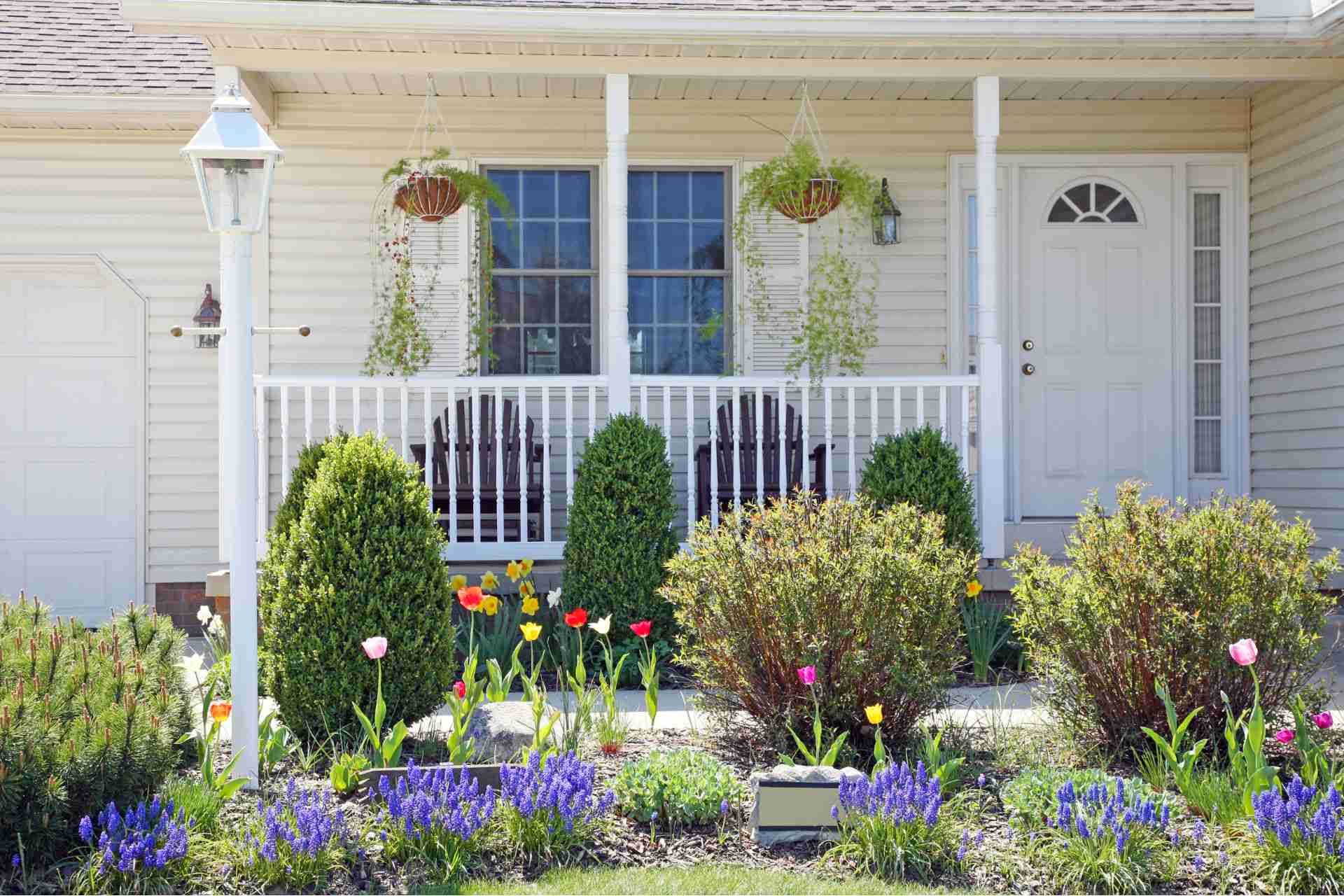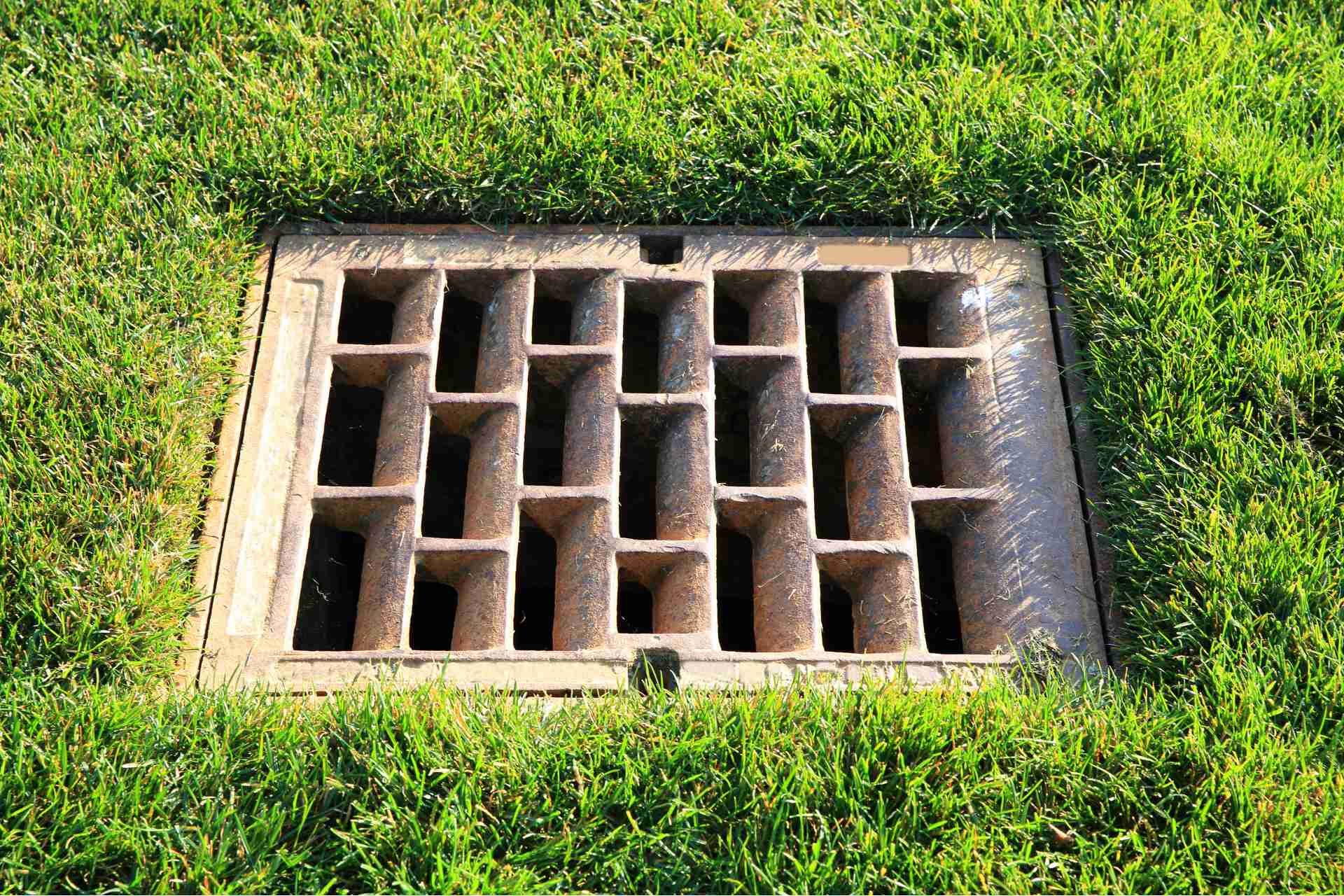Spring Landscaping Checklist: What to Do Now

As spring approaches, it’s crucial to get your garden ready for the growing season. You’ll want to start by assessing your garden’s condition and tackling any cleanup needed. Clearing debris and testing your soil's health can set a solid foundation for your plants. But that’s just the beginning—there are several key steps to ensure your landscape thrives. Let’s explore what you should prioritize this season.
Assess Your Garden’s Condition
As spring approaches, it’s essential to assess your garden’s condition to ensure it thrives throughout the season.
Start by checking your soil’s health; it should be loose, rich, and well-draining. Test the pH levels to determine if any amendments are needed.
Look for signs of pests or diseases on your plants, as early detection can save you trouble later.
Evaluate the overall layout of your garden—are your plants still in the right spots for optimal sunlight? Consider any new plants you’d like to add or existing ones you want to relocate.
Finally, think about your watering system; ensuring it’s functional now can prevent headaches when temperatures rise.
Taking these steps will set a solid foundation for your garden’s growth.
Clean Up Debris and Old Plants
Clearing away debris and old plants is a crucial step in preparing your garden for spring. Start by removing fallen leaves, twigs, and any other clutter that’s accumulated over winter. This not only enhances your garden’s appearance but also prevents pests and diseases from taking hold.
Next, tackle those wilted, dead plants. Pull them out carefully, ensuring you don’t disturb the surrounding soil too much. If you find any perennial plants that need trimming, give them a good cut back. This promotes healthy growth as they come back to life.
Finally, consider composting the debris to enrich your soil later on. With a clean slate, your garden will be ready for the vibrant blooms of spring!
Test and Amend Your Soil
Before planting anything new, it's essential to test and amend your soil to ensure it provides the right nutrients for your plants.
Start by collecting soil samples from various spots in your garden. Use a soil test kit to check pH levels and nutrient content. This will help you understand what your soil lacks.
Based on the results, you may need to add amendments like compost, lime, or fertilizer to balance the nutrients. If your soil's too compacted, consider aerating it to improve drainage and root growth.
Plan Your Planting Layout
With your soil tested and amended, it’s time to plan your planting layout. Start by sketching your garden on paper or using an app. Consider the sun and shade patterns, as well as any existing structures that might affect light.
Think about how you’ll arrange your plants for visual appeal and accessibility. Group taller plants towards the back or center, with shorter ones in front. Don’t forget to leave space for walking paths and maintenance.
Visualize how your layout will look throughout the seasons, ensuring that plants complement each other. Once you’ve finalized your design, it’s a great idea to mark the spots in your garden to help avoid confusion during planting.
This planning will set you up for success!
Choose the Right Plants for Your Climate
Choosing the right plants for your climate is crucial for a thriving garden, as it ensures your selections will flourish in the specific conditions of your area.
Start by researching your hardiness zone; this will guide you in choosing plants suited for your local temperatures. Next, consider your soil type, as some plants prefer sandy soil while others thrive in clay.
Pay attention to sunlight and moisture levels in your garden; some plants need full sun, while others prefer partial shade. Don't forget to account for seasonal changes and local pests, which can impact plant health.
Start Seeds Indoors or Sow Directly
Whether you want to get a head start on your garden or prefer to plant directly in the ground, deciding between starting seeds indoors or sowing them outdoors is essential for your gardening success.
Starting seeds indoors gives you a jump on the growing season, allowing you to transplant healthy seedlings once the weather warms up. Choose this method for plants that need a longer growing period, like tomatoes or peppers.
On the other hand, direct sowing works well for quick-growing crops such as beans or radishes. Just make sure the soil is warm enough.
Consider your local climate and the specific plants you want to grow, and you'll set yourself up for a fruitful gardening experience this spring.
Mulch for Moisture Retention
Once you've decided on your planting method, it's time to think about how to keep those seedlings thriving. One effective way to do this is by applying mulch.
Mulch acts as a protective barrier that helps retain moisture in the soil, ensuring your plants have the hydration they need to grow strong. When you're choosing mulch, consider organic options like wood chips or straw, which not only conserve moisture but also enrich the soil as they decompose.
Spread a layer about 2-3 inches thick around your plants, avoiding direct contact with their stems. This simple step can significantly reduce evaporation, suppress weeds, and regulate soil temperature, all of which contribute to a healthier garden.
Set Up an Irrigation System
As you prepare your garden for spring, setting up an efficient irrigation system is essential to ensure your plants receive consistent water.
Start by assessing your garden layout and identifying the areas that need the most attention. Consider installing drip irrigation for targeted watering and to conserve water.
Use timers to automate your system, saving you time and ensuring your plants get the right amount of moisture. If you prefer sprinklers, choose ones that cover your garden evenly without wasting water.
Don’t forget to check for leaks or clogs in your hoses. Finally, adjust your system based on seasonal changes to meet your plants’ needs effectively.
An optimized irrigation system will keep your garden thriving all season long.
Conclusion
As you wrap up your spring landscaping checklist, remember that a little preparation goes a long way. By assessing your garden's condition, cleaning up debris, and amending your soil, you're setting the stage for a thriving garden. Choose the right plants for your climate, and don’t forget to mulch and set up your irrigation system. With these steps in place, you’ll enjoy a beautiful, healthy garden all season long. Happy gardening!








